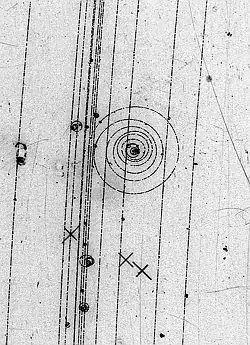In 'classical' quantum mechanics, a wave packet is a (more or less) localized particle. The wave packet can be expanded in a superposition of plane waves, each with a defined momentum and energy. This superposition is again still a wavefunction of one particle, with its physical interpretation being the probability amplitudes in space.
If we move up to quantum field theory, the quantized field is also a superposition of plane waves, which each represent a possible excitation (particle) of the field with well-defined momentum and energy. So let's say the electromagnetic field has many different quanta, created through several creation operators acting on the vacuum of the E-M field. They interfere with each other and again form a total 'wave packet' in configuration space. Should I interpret this as multiple photons, or can I think about it as if there is only one photon, more localized in space, but less localized in momentum space?
